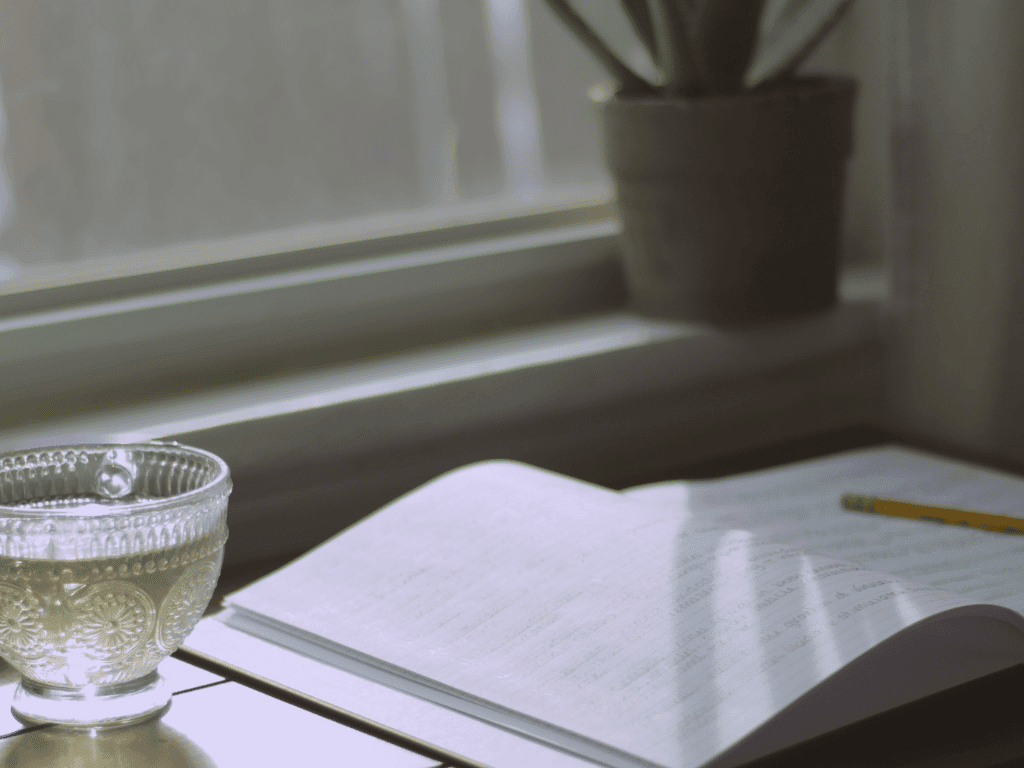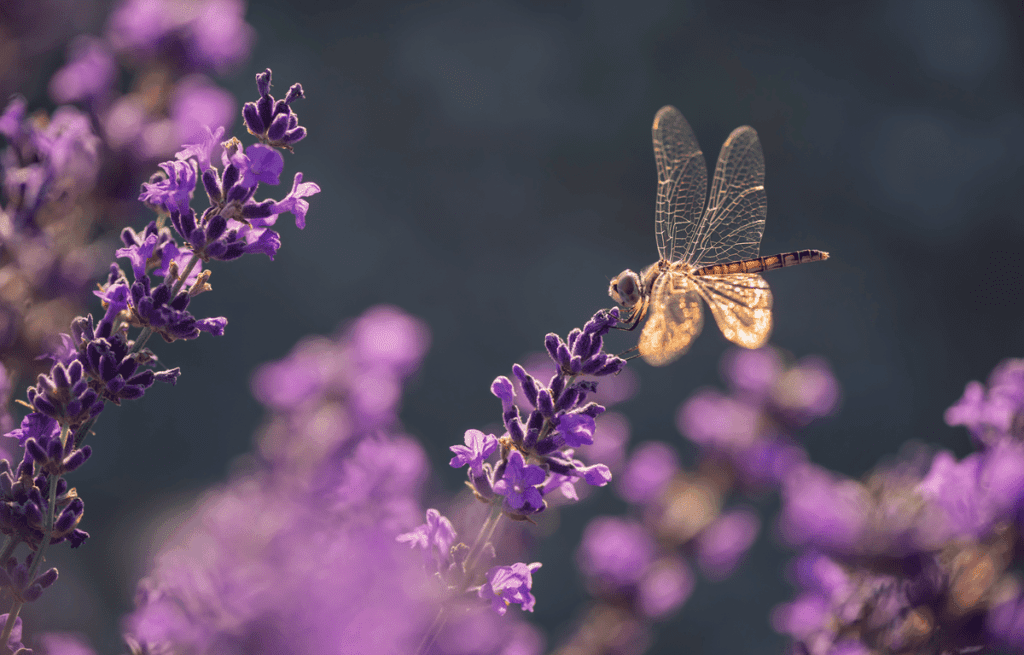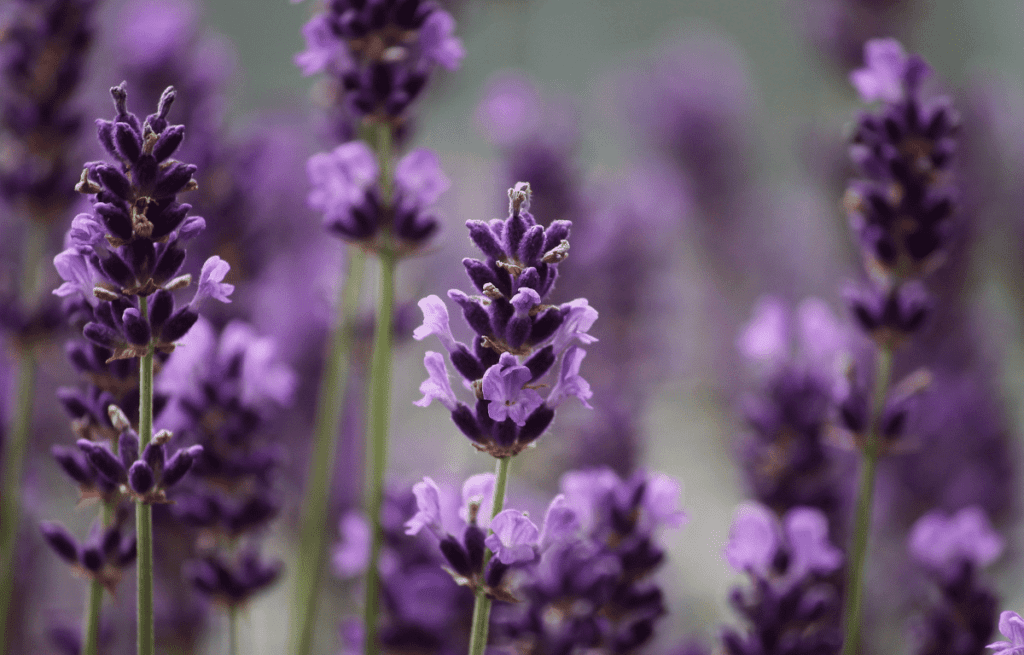Introduction
Hello and welcome! In the following weeks, I will be posting from my personal materia medica for some of my favorite herbs. For those who don’t know, a materia medica is a collection of your herbal knowledge written in a journal, notebook, binder, index cards, etc. Herbalists build their collection over time as they study and use each herb.
Today I am discussing one of my favorite flowers; lavender. Lavender is part of the mint family (Lamiaceae), and there are around forty different species, including French lavender (Lavandula stoechas) and English Lavender (Lavandula angustifolia). There are also several hybrids and cultivars, like Lavandula x intermedia and Provence. For this post, I am focusing on L. angustifolia because that is the species I grow in my garden and use medicinally.

History & Folklore
Formerly known as Lavandula officinalis and Lavandula vera, L. angustifolia has been used for millennia by people as a medicinal, culinary, fragrant, ceremonial, and spiritual herb. In ancient Greece, it was referred to as Spikenard or Nard after the city Naarda in Syria [4]. The name changed to lavender stemming from the Latin word lavare, meaning to wash [5]. Lavender was, and still is, often used in bathing and washing clothes because of its beautiful fragrance and antimicrobial properties.
Lavender is placed above doors to ward off evil and bring peace within a space [2, 5]. It’s often used in love spells to encourage self-love and healing [2]. Personally, I find lavender’s soothing properties to be unmatched, and I use it during times of deep sadness and depression or whenever I need uplifting energy. Her tea and aroma are like warm, comforting hugs.

Medicinal Uses
In the United States, L. angustifolia is commonly available and used most often by herbalists. Lavenders have high linalool content, but L. angustifolia contains a high percentage of esters, particularly linalyl acetate [6]. The combination of linalool and linalyl acetate gives L. angustifolia its beautiful fragrance and strong anti-inflammatory properties [6].
Lavender is often used as an aromatic, nervine, and carminative [2]. It can also be applied as a topical analgesic/anodyne for headaches or antimicrobial for skin conditions [1, 3]. Lavender’s volatile oils help soothe digestive issues such as gas and bloating [1]. However, I find it most useful as a sleep aid, antidepressant, and relaxant. I keep a bottle of lavender linen spray near my bed to help with bouts of insomnia.
Lavender has astringent properties and a drying effect on tissues. Because I have a generally dry constitution, I often add a moistening herb, like violet, to teas for balance. I don’t use lavender in tincture form because I prefer using the aroma of the essential oil or tea as part of the herbal remedy. I find the scent to be powerfully soothing and relaxing.
Growing Lavender
L. angustifolia is native to the Mediterranean and can be grown up to zone 5. I live in a zone 5 region and have successfully kept my lavender plants alive through the winter by heavily mulching around the bases before the first frost. Lavender requires a lot of sun and well-draining, sandy soil. I haven’t had much luck growing lavender in beds, so I put them in large containers. In the winter, I keep the containers on my gravel patio and cover them with leaf mulch.
Growing lavender from seed is a lesson in patience. Germination is very slow, and the plants don’t flower in the first year. You can find mature lavender plants at your local nursery or garden center. Just be sure the plants aren’t sprayed with pesticides before using them in your herbal remedies. If you are in zone 5 and want to grow from seed, I encourage you to start early, like January or February, to allow enough time for germination and growth.

Lavender Properties
[1, 3, 4]
Common Name: English Lavender
Scientific Name: Lavandula angustifolia
Family: Mint, Lamiaceae
Parts Used: Flowers and leaves
Energetics: Cooling, Drying, Relaxing
Constituents: Volatile oils (Linalyl Acetate, Cineole, Linalool), Flavonoids
Actions: Analgesic/Anodyne, Antidepressant, Antimicrobial, Antispasmodic, Aromatic, Astringent, Bitter, Carminative, Hypotensive, Nervine, Relaxant
Organ Systems: Integumentary, Nervous, Digestive, Respiratory, Muscular
Preparations: Infusion, Oil, Tincture
Preparations
[1, 3, 4]
Infusion: 1 – 2 tsp. per 8 oz water up to 3x per day
Essential Oil: Doesn’t need carrier oil dilution, but test a small amount first to be safe
Tincture: Dried flowers and leaves (1:5, 75%) 1 dropper up to 3x per day

References
1. Chevallier A. Encyclopedia of Herbal Medicine. Third. Penguin Random House; 2016.
2. Diaz J. Plant Witchery. Hay House Inc.; 2020.
3. Easley T, Horne S. The Modern Herbal Dispensatory: A Medicicne-Making Guide. North Atlantic Books; 2016.
4. Grieve MrsM. A Modern Herbal. Vol 2. Dover Publications; 1931.
5. Leigh L. History’s Love of Lavender: From Mummies to Bathhouses and Beyond! Ancient Origins Reconstructing the story of humanity’s past. https://www.ancient-origins.net/history-ancient-traditions/lavender-history-0016704
6. Peana AT, D’Aquila PS, Panin F, Serra G, Pippia P, Moretti MDL. Anti-inflammatory activity of linalool and linalyl acetate constituents of essential oils. Phytomedicine. 2002;9(8):721-726. doi:10.1078/094471102321621322









